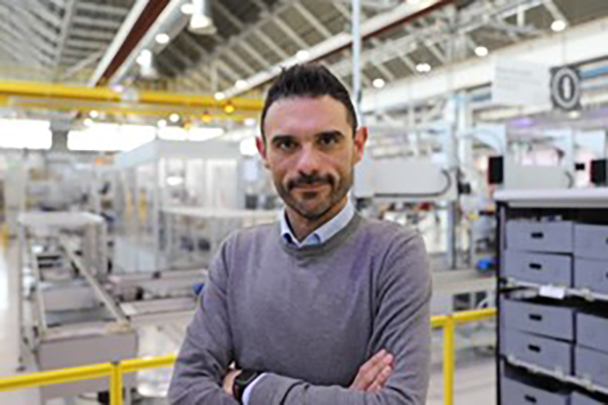INTERVIEW - SILVERIO TAGLIONE
Process Maintenance Manager


- In your recent experience, have you ever used a digital device (i.e. a simulator, a VR helmet, VR glasses and other digital devices) or immersive technologies to support and enhance the training experience?
In which training area have you used it? What results have you and your students achieved?
Please, give us a brief description.
During my experience in education, I’ve had the opportunity to use virtual reality (VR) and augmented reality (AR) quite often.
The tools used vary significantly, both from a technological and User Experience (UX) standpoint.
For example, we used VR headsets to deliver the greatest level of virtual reality completely immersing the user in the simulated 3D world. The headsets consist in a stereoscopic display, sound, and sensors for tracking the pose of the user’s head to match the user’s eye positions in the real world.
In AR, the physical and the digital worlds are blended. We’ve experimented mixed reality smart glasses to let users to interact with virtual object. But smart glasses could be uncomfortable for users and with the current technology, battery life is still a constrain. So, we decide to experiment also Projective Augmented Reality (pAR) devices with a very less ergonomic impact to the users. pAR consist of projectors and 3D cameras to create the interaction between digitally created objects and reality.
Students can have several benefits using these immersive technologies. Basically, everything can be simulated on a computer and experienced true to reality, either by adding holograms to surroundings or by creating realistic simulations.
VR is based on an artificial environment specifically created. Putting on the device, users can live the training in a virtual room. The feeling of presence along with the ability to perform the tasks is ideal for engaging students. Users can make mistakes and understand consequence, making VR an effective learning method.
In AR, the user is still in the actual reality but experiencing the benefits of adding digital information and contents. Holograms can be placed to standardize processes and procedures. AR training can be combined with traditional ‘on the job’ training, reducing risks to lose information.
It`s important to highlight that the price of VR & AR devices is dropping quickly so the application of this technology for educational manner will be easier in the very next future.
In conclusion the opportunity to create infinite scenarios allow students to learn quickly and/or standardize already acquired skills.
- Why would you like to participate in the DEAL Ambassador Programme within the “Deal with Digital WBL” project?
I’d like to participate in the DEAL Ambassador Programme to share my personal experiences using innovative technologies so far. I can’t wait also to learn more about pioneering training techs and digital skills from professionals.
- What are your 3 main expectations from participation in the programme? Could you ready to implement a Digital WBL practice at your organization? (both Training or Work organization)
Continuously Improve and make more robust my teaching methods for one thing. Then the possibility to relate to leading experts in the field to share best practices. Finally, this is an amazing opportunity to expand my working and personal network.
As part of ABB, I had the chance to use innovative training approaches with pioneering technology. Of course, some technologies are mature to be used, others are still not. For sure Digital WBL will a chance to fine tune the educational experience especially in classrooms.
